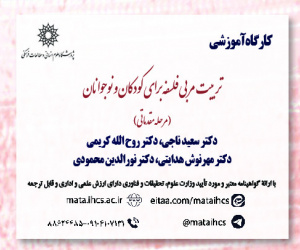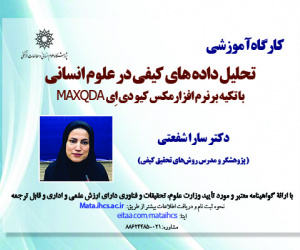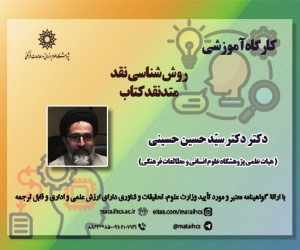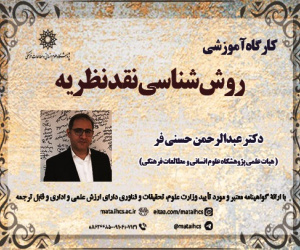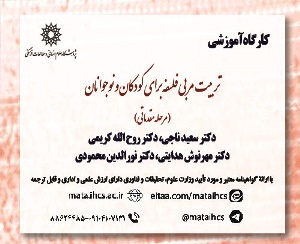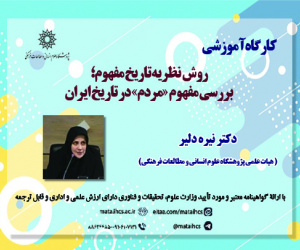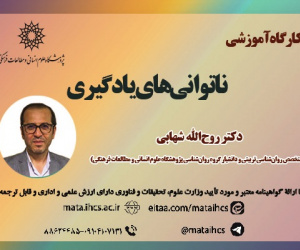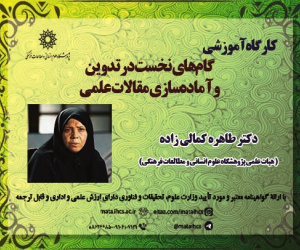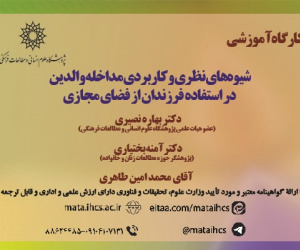طرد اجتماعی زنان ایرانی ازدواج کرده با اتباع خارجی (عراقی- افغانی) و عوامل مؤثر بر آن (مقاله علمی وزارت علوم)
درجه علمی: نشریه علمی (وزارت علوم)
آرشیو
چکیده
این مطالعه به بررسی عوامل اجتماعی مؤثر بر طرد اجتماعی زنان ازدواج کرده با اتباع خارجی (عراقی – افغانی) می پردازد. مدل تحقیق شامل متغیرهای؛ «عوامل مطرود ساز پیشین»، «طرد جنسیتی»، «طرد دوران گذار به بزرگسالی»، «احساس نابرابری» و «احساس داغ ننگ» است که به عنوان عوامل تأثیرگذار بر ابعاد مختلف طرد اجتماعی(اقتصادی، اجتماعی، سیاسی، فرهنگی، حقوقی) این گروه از زنان لحاظ شده اند. روش تحقیق پیمایش، جامعه آماری زنان ازدواج کرده با اتباع خارجیِ (عراقی – افغانی) ساکن شهرستان نیشابور، حجم نمونه 182 نفر، و روش نمونه گیری، نمونه گیری دردسترس است. مبتنی بر یافته ها، «احساس داغ ننگ»، «احساس نابرابری»، «عوامل مطرودساز دوران گذار»، «عوامل مطرودساز پیشین» و به نسبت کمتر «طرد جنسیتی» در ایجاد مطرودیت اجتماعی این گروه از زنان نقش دارند. تحلیل رگرسیونی چند متغیره نشان داد از بین این پنج متغیر، تنها «طرد جنسیتی» قابلیت توضیح متغیر طرد را نداشته و چهار متغیر دیگر 1/36 درصد از تغییرات طرد اجتماعی را تبیین می کنند. یافته های تحلیل مسیر نیز نشان می دهد «احساس داغ ننگ» قوی ترین پیش بینِ تغییرات متغیر طرد اجتماعی در نمونه مورد بررسی استSocial Exclusion of the Iranian Women Married to Foreign Nationals (Iraqi and Afghan) and its Related Social Factors
This study examines the social factors affecting social exclusion of the Iranian women married to foreign nationals (Iraqi and Afghan). The research‘s model consists of following variables: ex-exclusions factors, gender exclusion, exclusion factors of the transition period, feeling of inequality and feeling of Stigma. These are affecting factors with various dimensions of social exclusion of these women.
The Method Is Survey, Statistical Populations Are women married to foreign nationals living in Neyshabur. Sampling Size Is 182 women and Sampling Method Is Convenience one. Based on the finding, the feeling of stigma, the feeling of inequality, factors of the transitions period, ex-Exclusion factors and gender exclusion are effective in explaining variations in exclusion of these women.
Multiple regression analysis showed that only the sexual exclusion factor did not explain the exclusion albeit, four other factors explain 37 percent of the variations in exclusion. Analysis of theoretical model showed that the feeling of Stigma is the most important and the strongest variable explaining the rejection of women married to foreign nationals.

